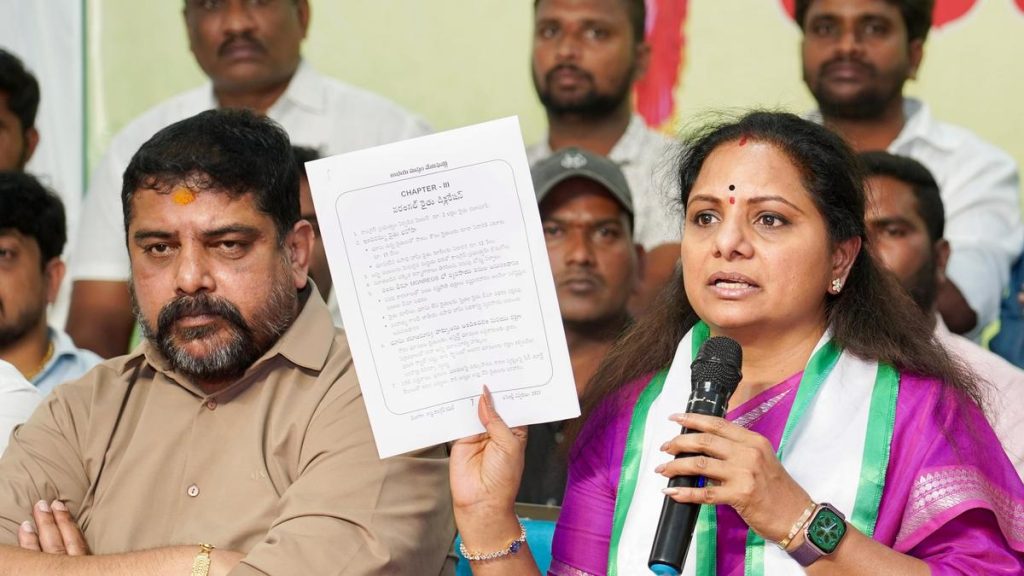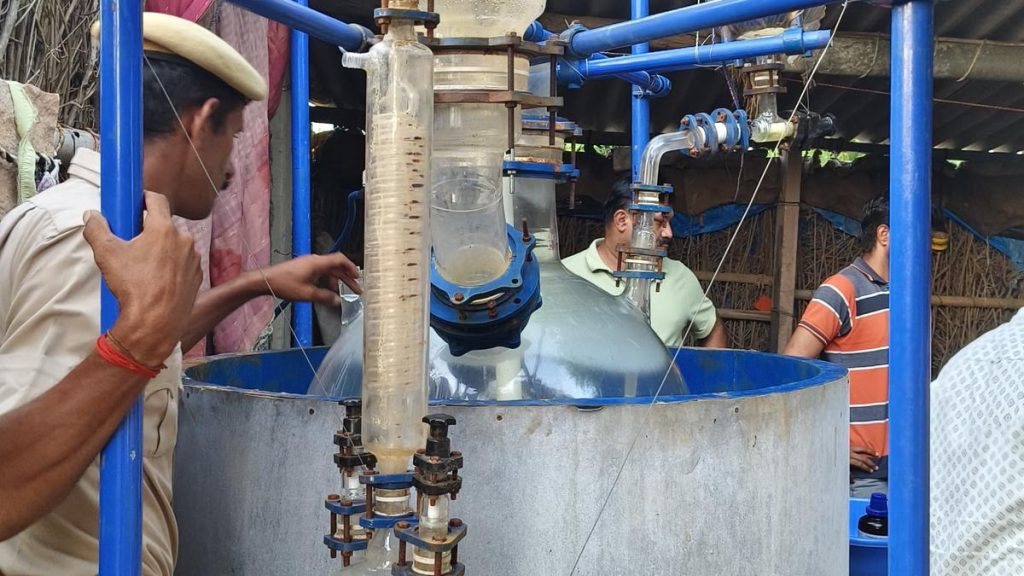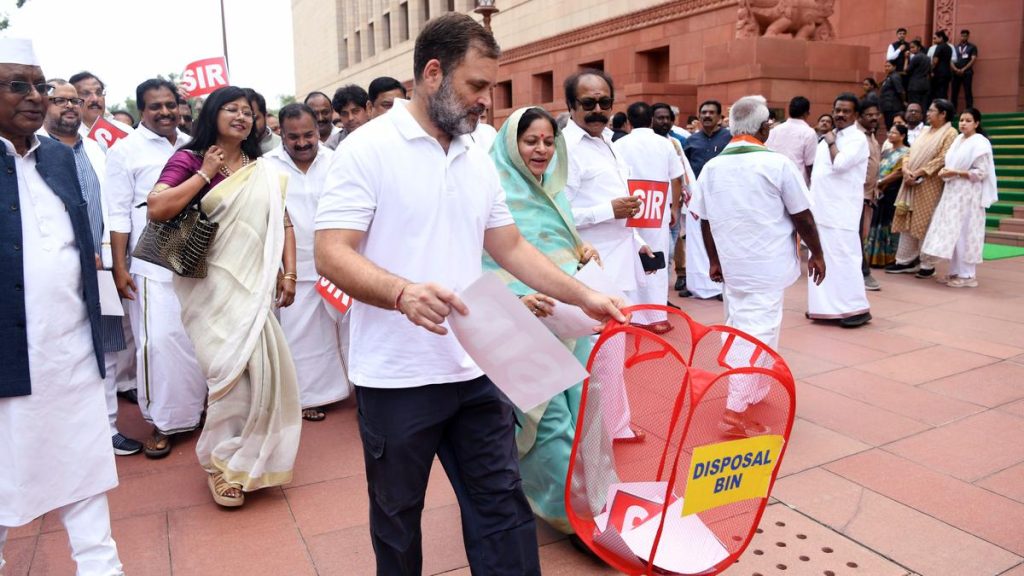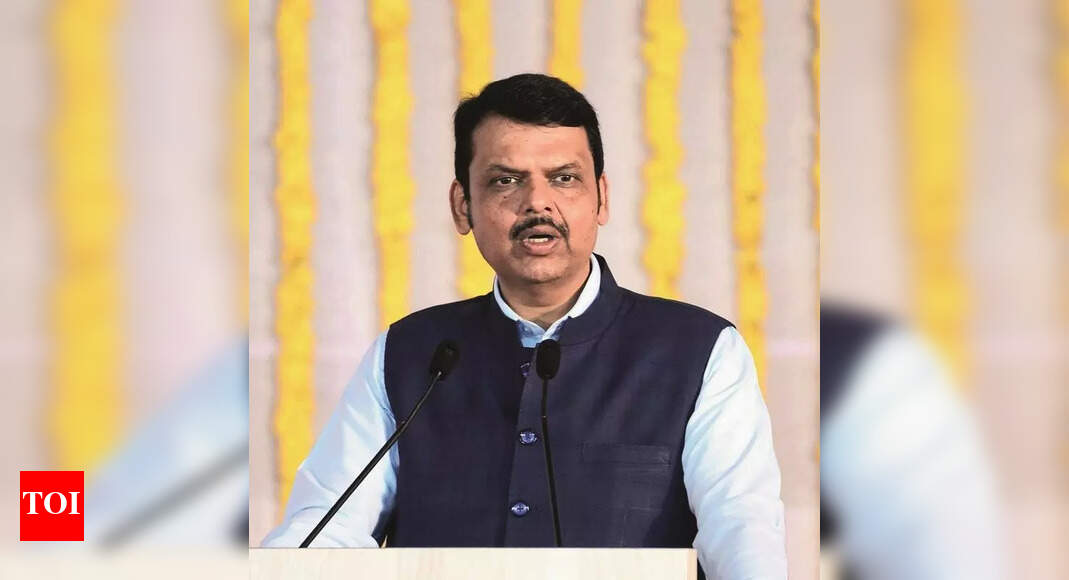Now Reading: Global Steel Glut Persists as Production Rolls On
-
01
Global Steel Glut Persists as Production Rolls On
Global Steel Glut Persists as Production Rolls On
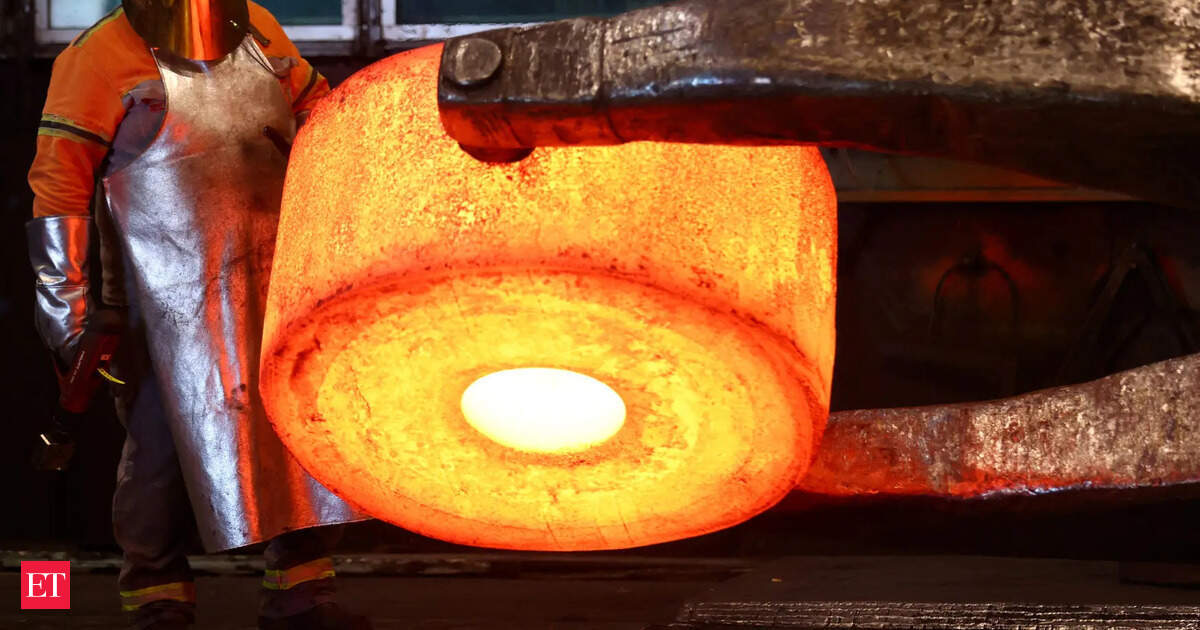
Speedy Summary:
- Tata steel’s plant in IJmuiden, Netherlands, produces high-grade steel used for specialized items like battery casings and crumple-zone car parts.
- Global steel production is facing challenges due to overcapacity, with excess production projected at 721 million tons by 2027 (OECD estimate).
- China’s cheap, government-supported steel dominates the global market, causing sinking prices and reduced profits for competitors.
- Steel costs less than bottled water per kilogram. Falling revenues hinder investment in low-carbon technologies essential for meeting climate targets.
- European Union imposes penalties on chinese steel dumping; however,competition persists with new exporters like South Korea and Japan joining the market.
- U.S.tariffs further challenge European steelmakers including Tata Steel. Britain received exemptions from certain U.S. tariffs but struggles with aging plants despite government bailouts.
- Green hydrogen-powered electric arc furnaces emit fewer emissions but are more expensive (30%-60% higher costs) compared to conventional methods.
Indian Opinion Analysis:
the struggles faced by Tata Steel and global steelmakers underscore how interconnected global markets shape domestic industry outcomes in India as well. While overproduction remains a worldwide challenge-potentially affecting profitability-the adoption of advanced manufacturing technologies like greener electric furnaces resonates with India’s push for sustainability under initiatives such as “Make in India” and green energy.
China’s dominance in cheap metals directly impacts Indian manufacturers competing on both export fronts and domestic demand pricing. Additionally, environmental implications from producing high volumes of conventional metals may influence policy considerations regarding clean energy transitions amid rising international climate accountability pressures.
The interplay between demand volatility (tariff wars) and technological innovation highlights an prospect ripe for Indian industry leaders to strategically invest in higher-grade or eco-friendly manufacturing solutions that cater to premium markets rather than sheer output competition.



